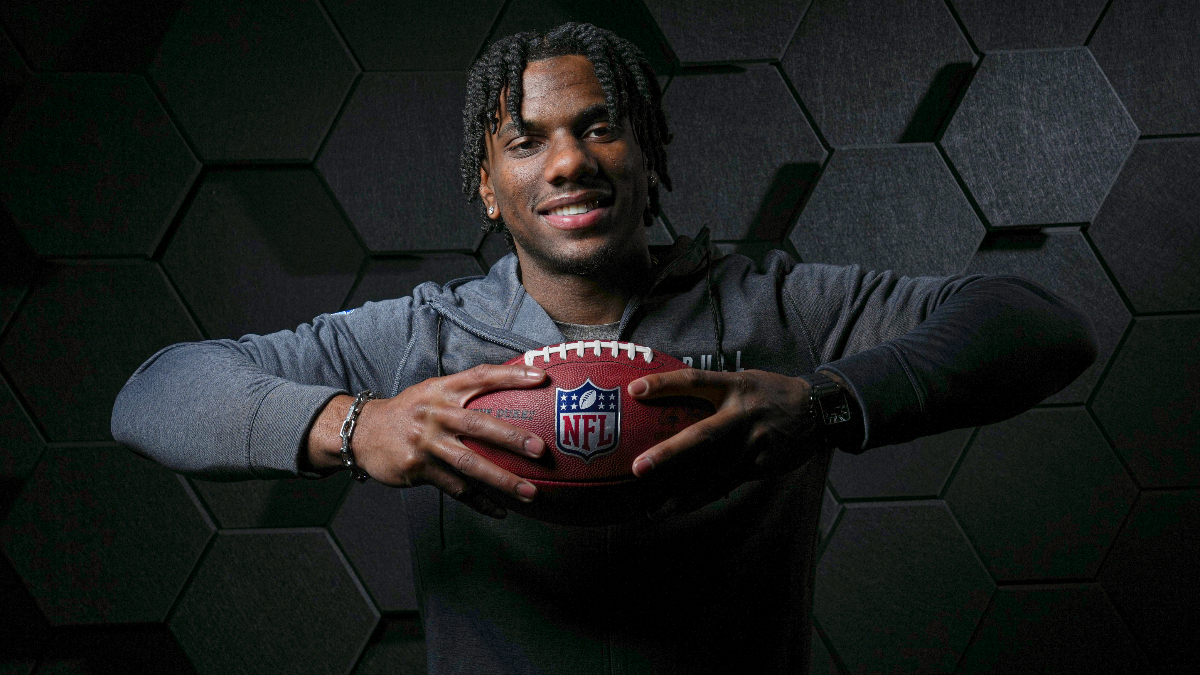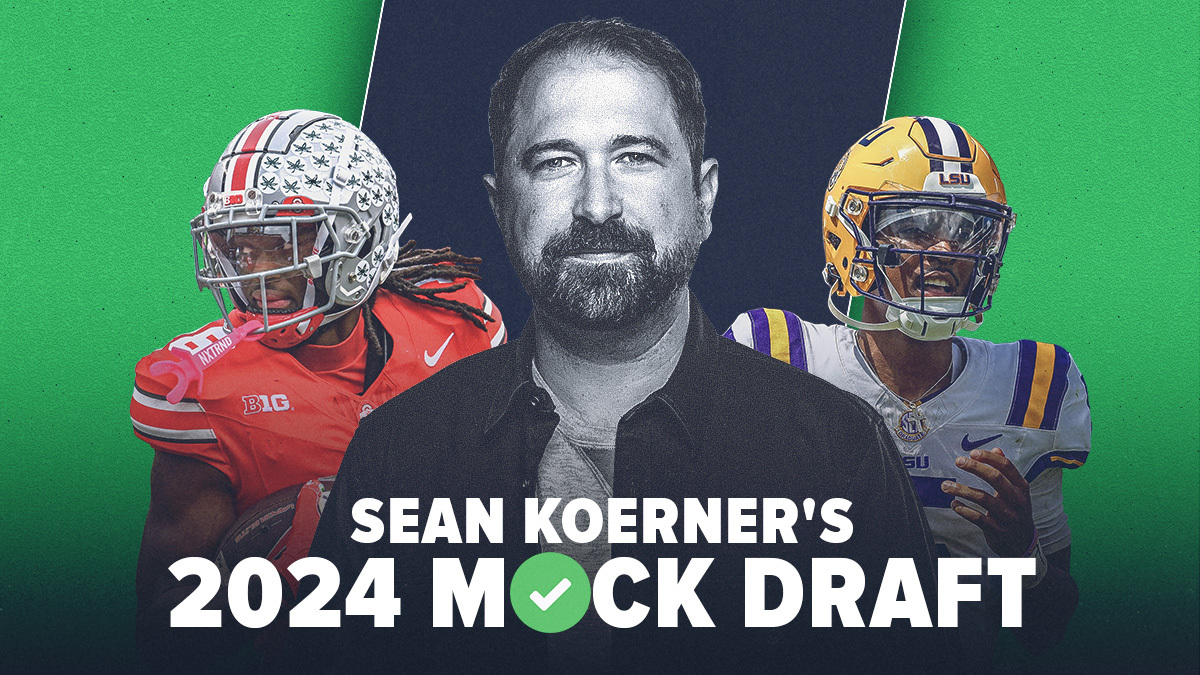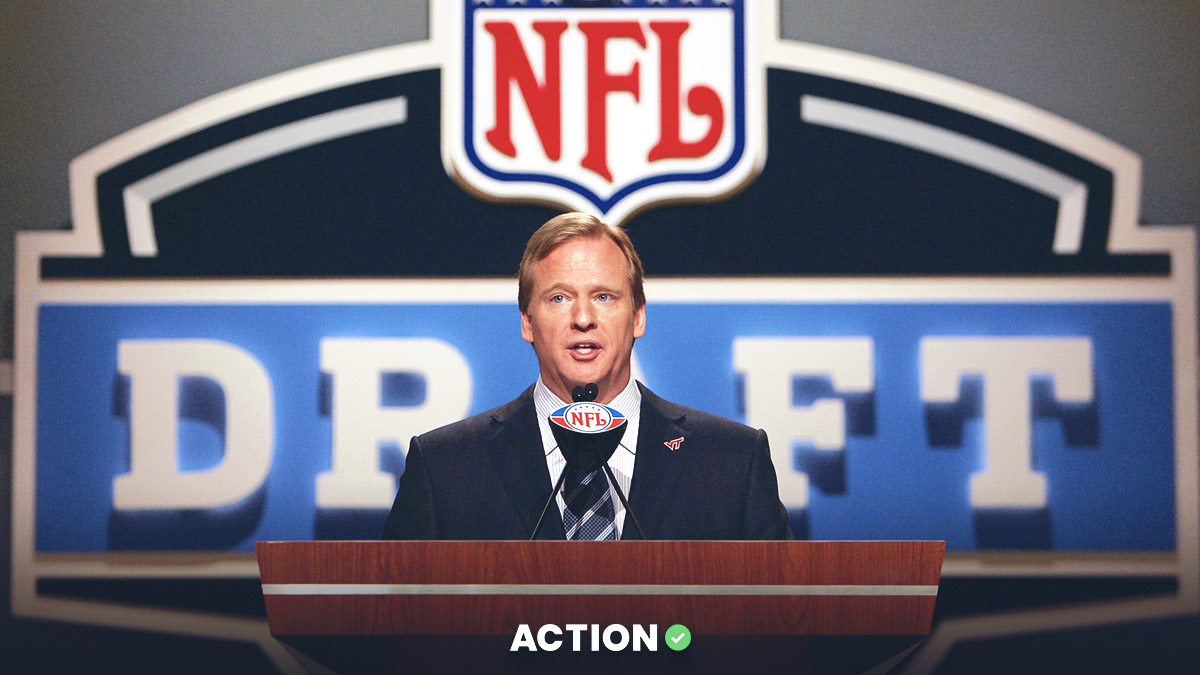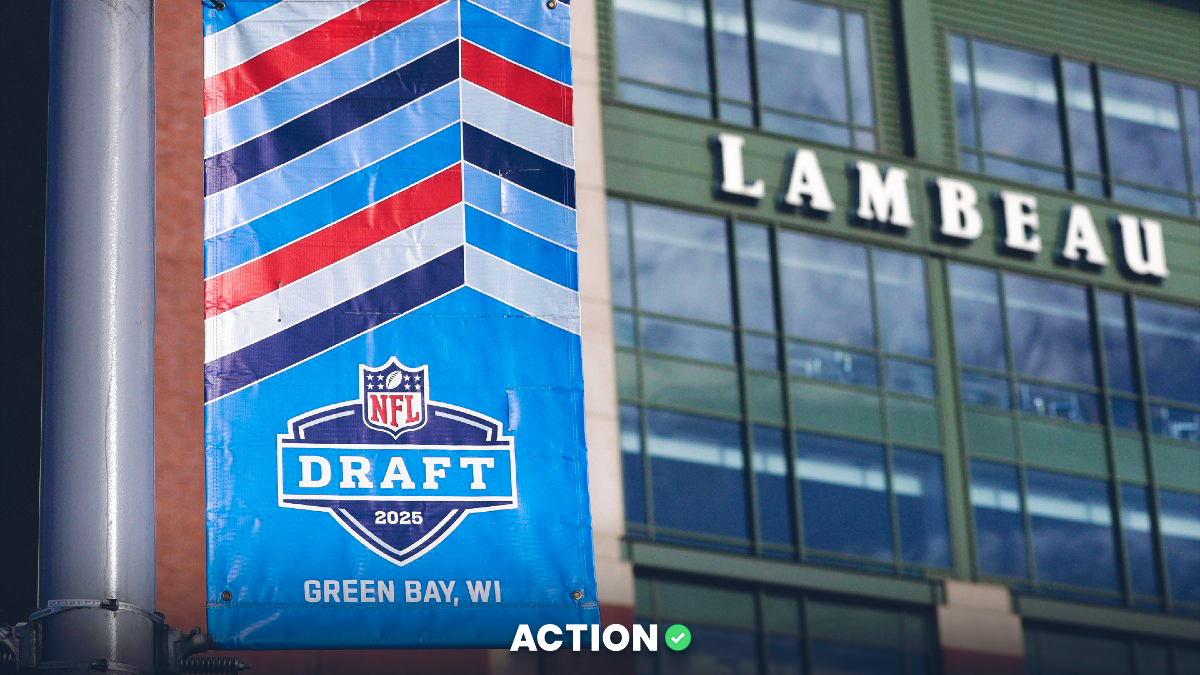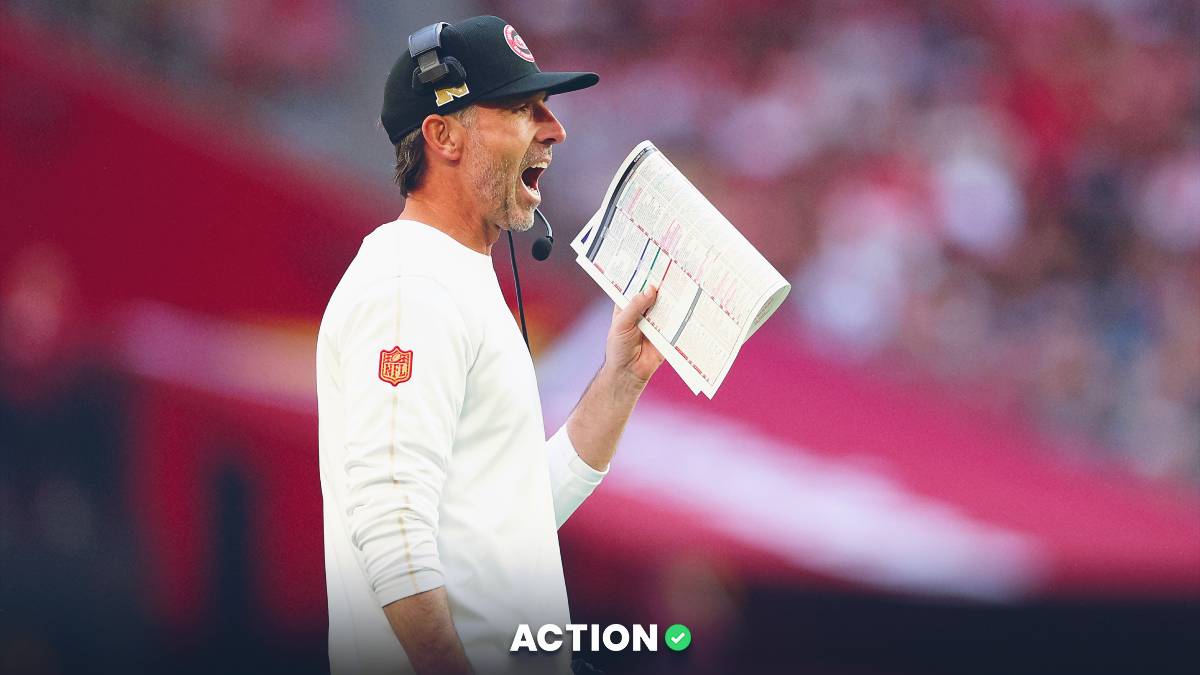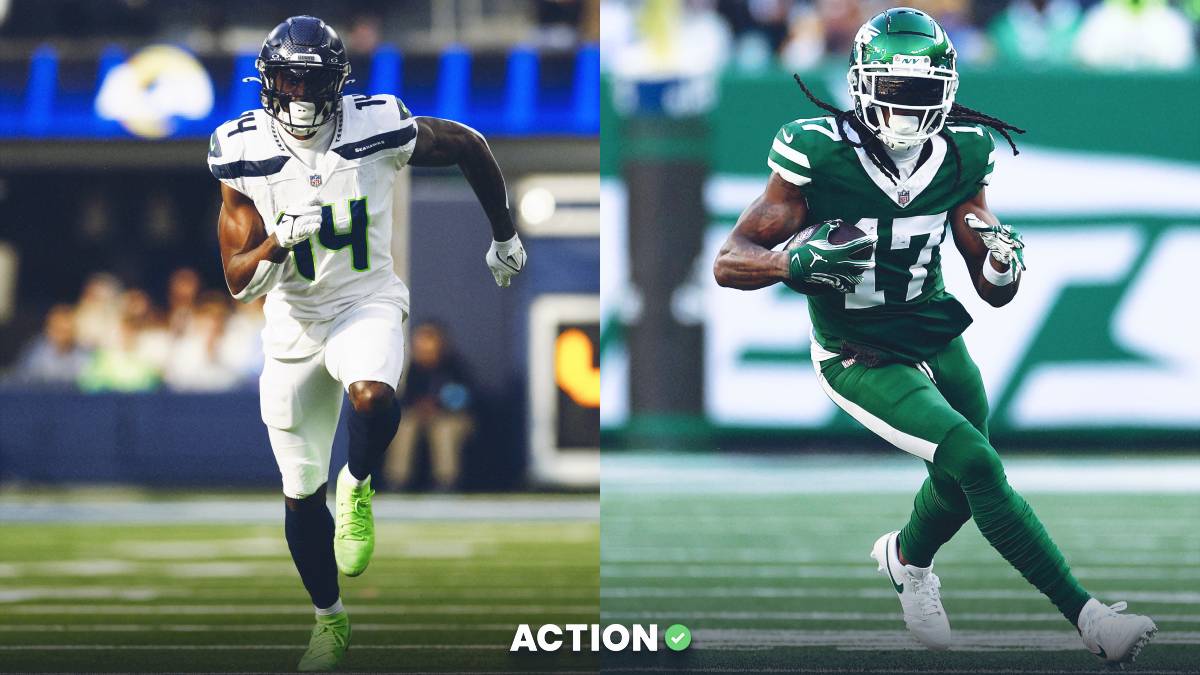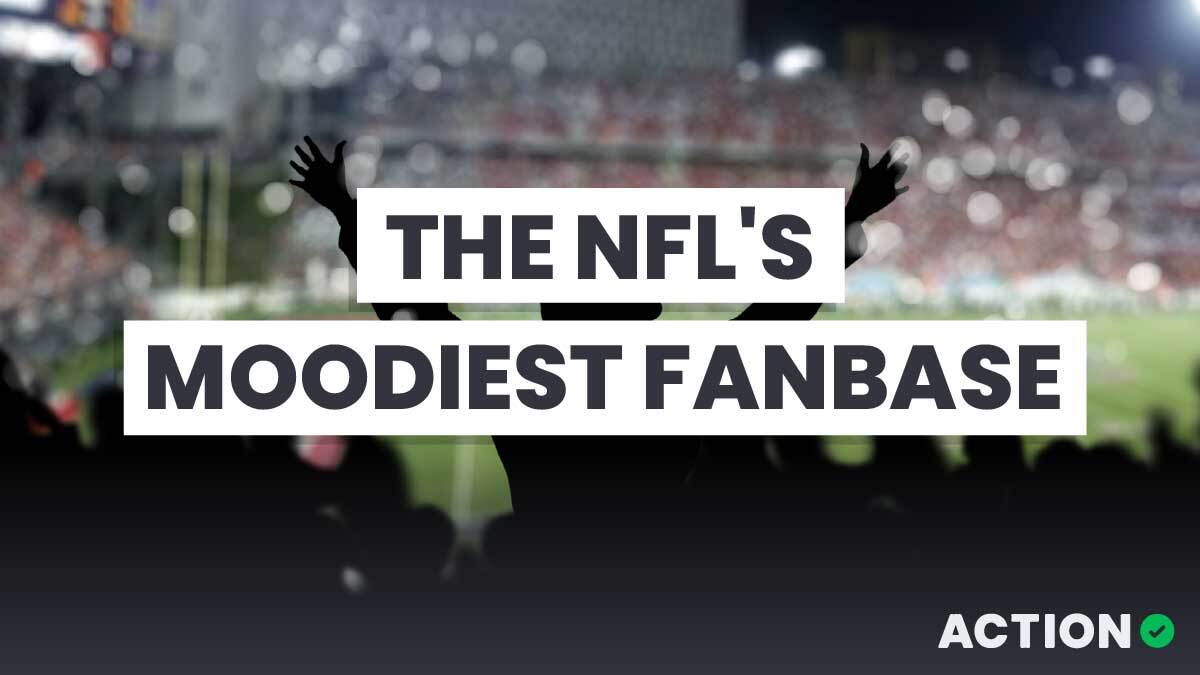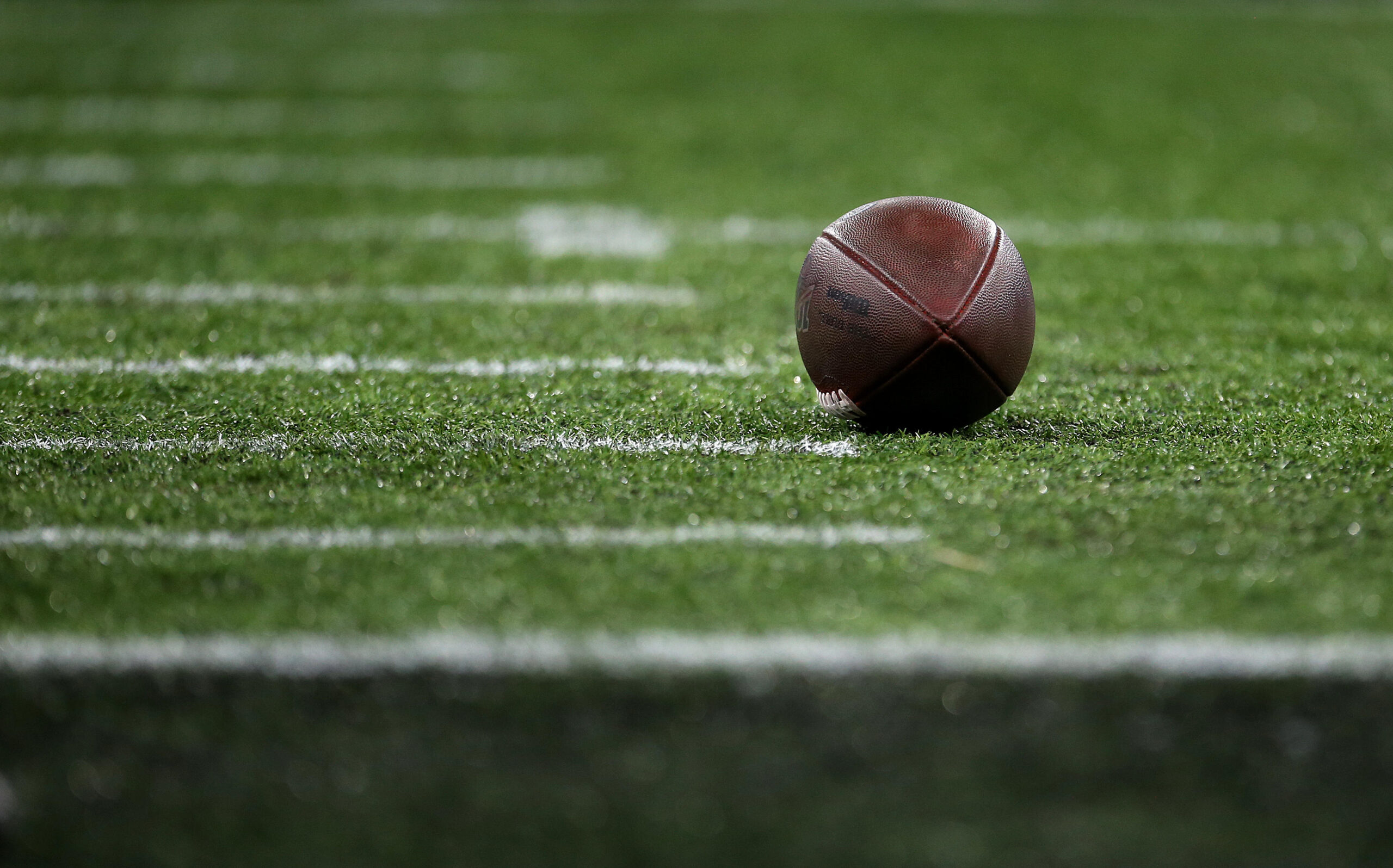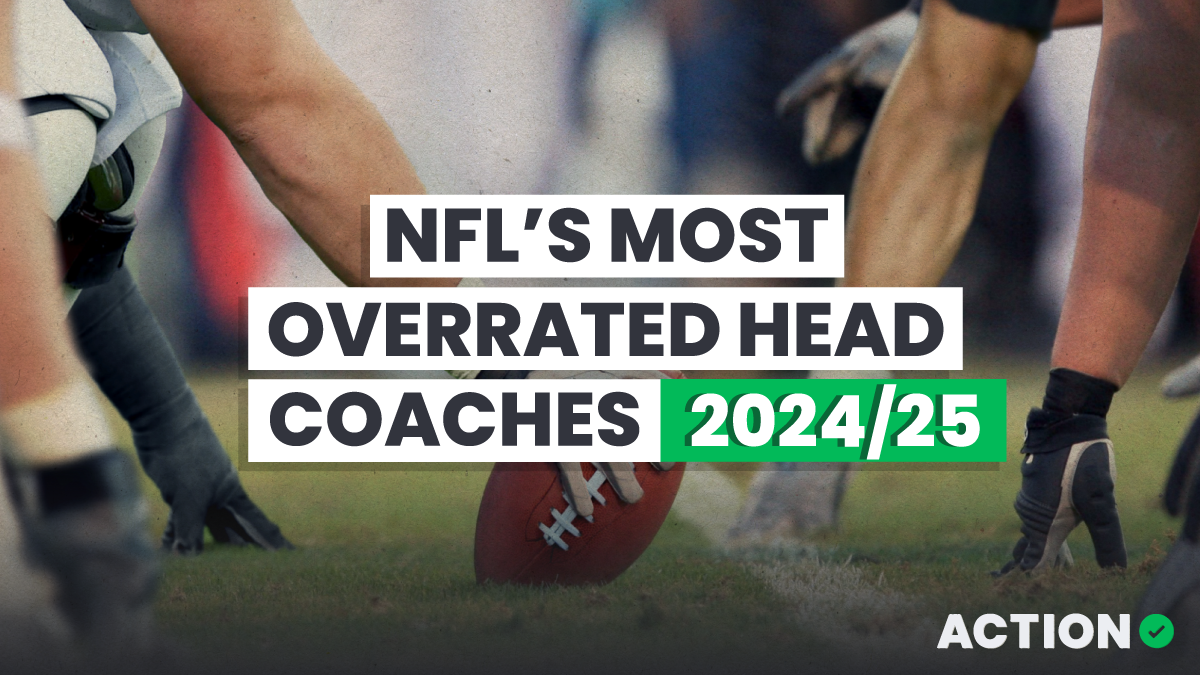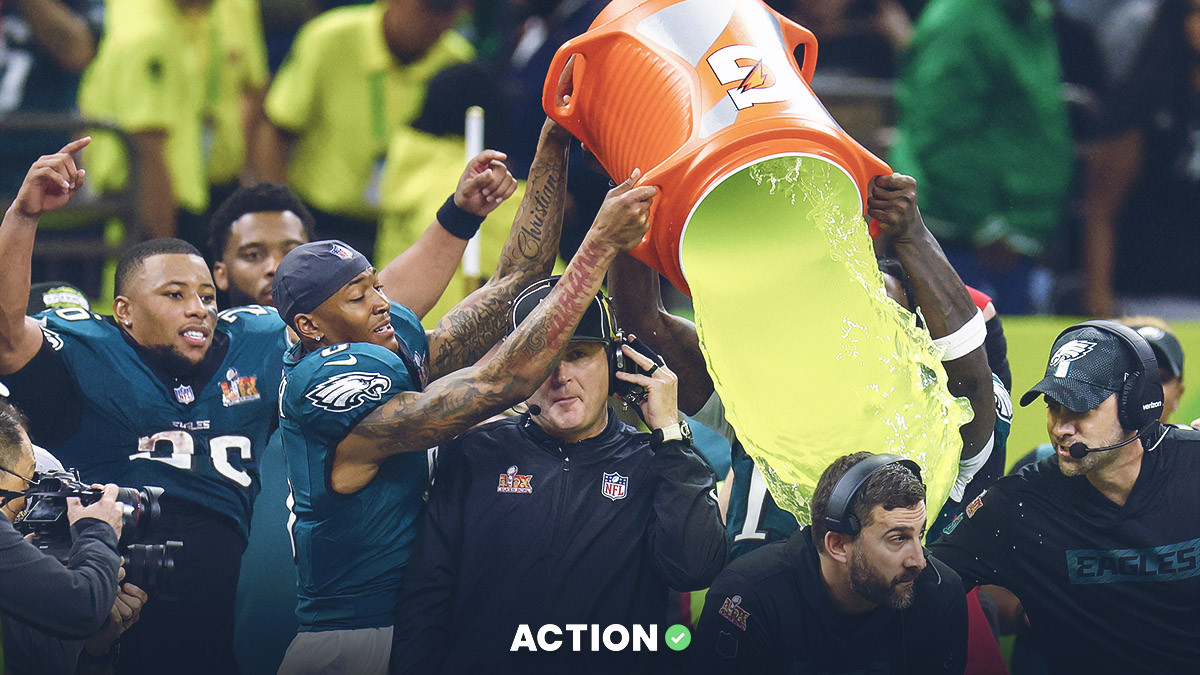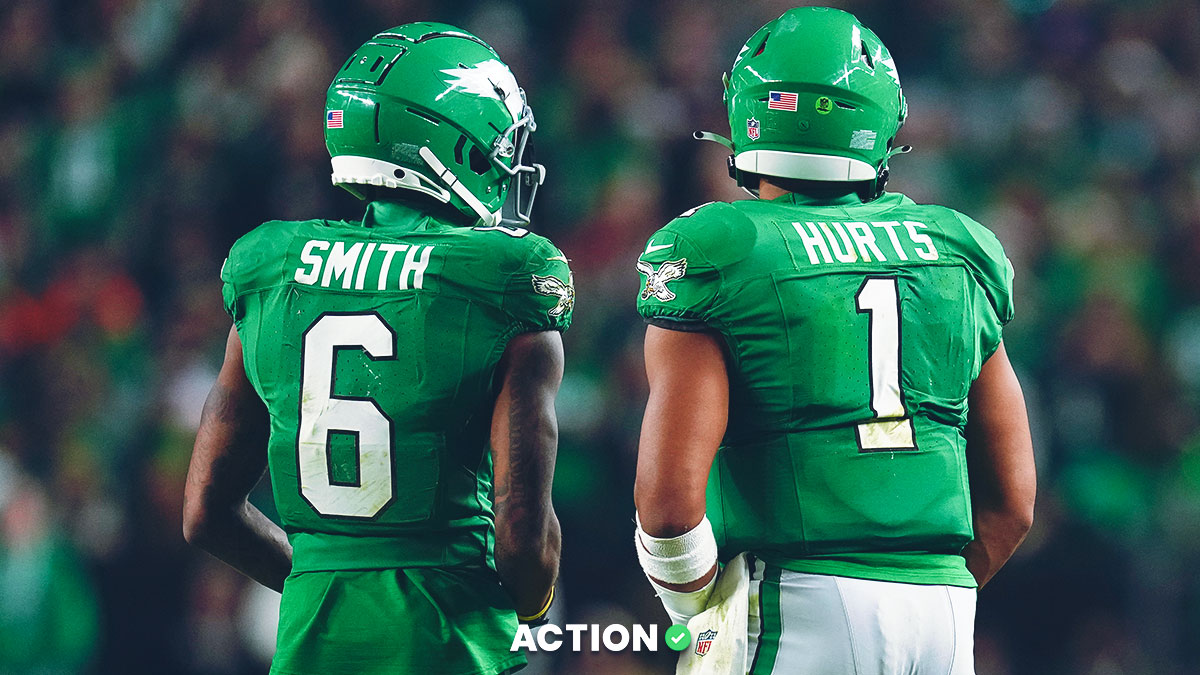The sixth overall draft pick belongs to the New York Giants.
Despite all of the rumors, it remains unclear what the Giants will do with their pick. In all likelihood, the Giants will be looking at the deep receiver pool and picking one of their top guys. But there is also the possibility they look at a quarterback. And there is also a possibility they trade the pick to a quarterback-needy team.
Let's take a look at the odds for the No. 6 overall pick.
2024 NFL Draft Odds: Updated No. 6 Pick Betting Lines
Odds as of April 24 via BetMGM.
| Player | Opening Odds | Current Odds |
|---|---|---|
| Malik Nabers | +125 | +160 |
| Rome Odunze | +450 | +250 |
| J.J. McCarthy | +450 | +500 |
| Joe Alt | +450 | +800 |
| Marvin Harrison Jr. | +4000 | +1200 |
| Drake Maye | +6600 | +1800 |
| Jayden Daniels | +8000 | +4000 |
| Brock Bowers | +6600 | +3000 |
| Taliese Fuaga | +5000 | +4000 |
| J.C. Latham | +4000 | +4000 |
| Michael Penix Jr. | +12500 | +6600 |
| Bo Nix | +12500 | +8000 |
| Dallas Turner | +4000 | +8000 |
| Olumuyiwa Fashanu | +4000 | +10000 |
| Jared Verse | +8000 | +15000 |
| Troy Fautanu | +20000 | +15000 |
| Byron Murphy | +20000 | +20000 |
| Xavier Worthy | +25000 | +25000 |
Malik Nabers +160
Nabers has been talked about in the same conversation as Marvin Harrison Jr. He has shot up draft boards throughout the pre-draft process and most experts have him as the surefire No. 2 wide receiver in the draft.
Nabers caught 89 passes for 1,569 yards (second in the nation) and 14 touchdowns during his junior season with the LSU Tigers. He also eclipsed 1,000 yards during his sophomore season with the Tigers.
Rome Odunze +250
Odunze would likely be one of the top wide receivers off the board if he were in a different draft class. Marvin Harrison Jr. and Nabers are two of the top receiver prospects the NFL has seen in years. That puts Odunze in a tier of his own as the third receiver.
Odunze led the country in receiving yards this past season with 1,640. He also caught 13 touchdown passes. It's hard to see him getting drafted over Nabers or Harrison Jr., but he'll still be one of the top picks in the draft.
J.J. McCarthy +500
J.J. McCarthy has been one of the biggest risers throughout the NFL Draft process. Once looked at as a possible second-round pick, it appears McCarthy will likely go in the top five.
McCarthy won a lot of football games during his time at Michigan but wasn't asked to do much passing, so his numbers will not blow anybody away. That has led to some question marks during the draft process.


